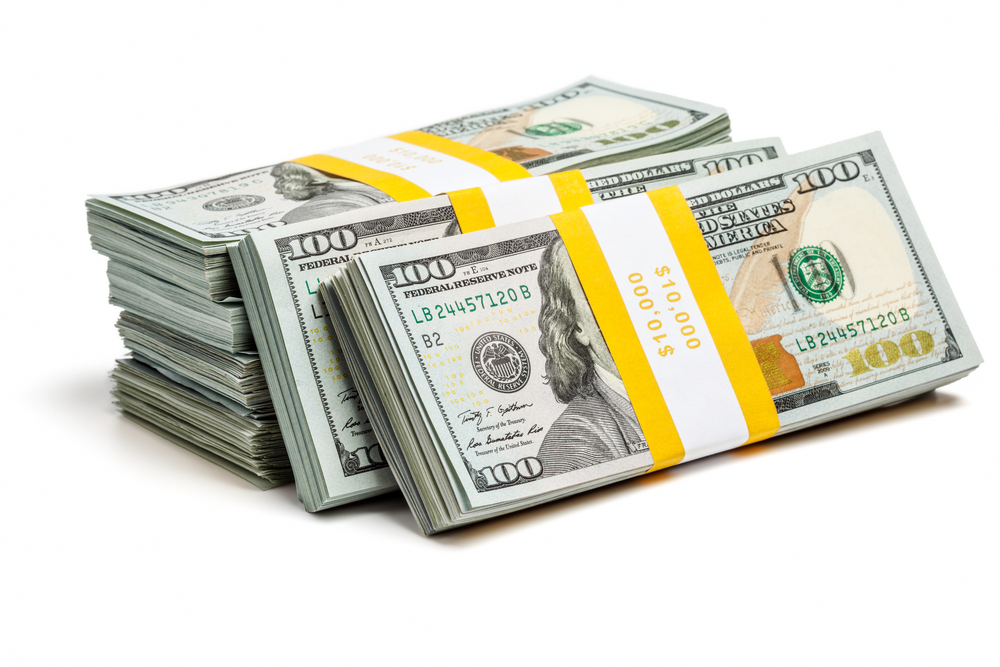A Solid Start for the Dollar and Equities

Please note that we are not authorised to provide any investment advice. The content on this page is for information purposes only.
The US dollar trended higher in Asia and early Europe, but the gains pared as the European session got under way, and the underlying trends remain intact. Global equities are also winding down the month and quarter with upticks as well.
The US dollar trended higher in Asia and early Europe, but the gains pared as the European session got under way, and the underlying trends remain intact. Global equities are also winding down the month and quarter with upticks as well.
Of note, Chinese shares rallied further. The Shanghai Composite rose 2.6%, posting gains in 13 of the past 14 sessions. PBOC Governor Zhou hinted at additional stimulus, and the central bank lowered the down payment required for some second homebuyers. After increasing the QFII quota for a large US asset manager last week, officials now indicate that money managers no longer need to be part of QFII program to invest in HK shares through exchange link.
Japan’s Nikkei recouped most of the pre-weekend drop, led by the consumer sectors while the dollar snapped a five-day streak of recording lower highs. Initial resistance is in the JPY119.85-JPY120 area. February industrial production figures were disappointing. The 3.4% decline was nearly twice the consensus forecast. Despite the aggressive monetary stimulus, inflation is back to zero, and industrial output has been negative on a year-over-year basis six of the past eight months.
There are three developments in Europe to note. First, the Greek reform proposals do not appear to have won much support. European shares have rallied, with the Dow Jones Stoxx 600 up 1% near midday in London, but Greek equities (and bonds) are lower. It does not appear that funds will free up this week.
Second, both Spain and German preliminary CPI figures show some easing of deflationary pressures. The preliminary Spanish reading improved from -1.2% in February to -0.7% in March. The consensus was for a -0.9% rate. It is the second consecutive month that deflation pressures ebbed. Meanwhile, each of the German states that have reported preliminary inflation figures showed an increase in the year-over-year rate. The national estimate is due shortly and is expected to show inflation of 0.1% after -0.1% in February and -0.5% in January.
The ECB will also update its report on the securities purchase program. Last Monday, the ECB confirmed it had settled 26.3 bln euro of purchases thus far. Its ABS purchases remain small, but the covered bond program is now near 60 bln euros, increasing around 3 bln a week.
The US reports February personal income and consumption figures. The core deflator expects to be unchanged at 1.3% year-over-year. Personal income rose 0.3% in December and January and expects to rise the same in February. Consumption, which fell in December and January, expects to rise by 0.2% in February helped by a tick up in gasoline prices. Pending home sales and the Dallas Fed manufacturing index will draw less interest. Auto sales (April 1) and the jobs report (April 3) are the main data highlights this week.
For Canada, the week’s highlight is the January GDP figures out tomorrow. It is likely to have contracted, for the third time in six months, in a saw-tooth fashion. It may spur speculation that the central bank needs to take out additional insurance. The Bank of Canada meets April 15, but the consensus does not look for another cut yet. In contrast, speculation that the Reserve Bank of Australia will cut rates when it meets on April 7 increased and now the market is pricing in about a 70% chance.
Dollar and Equities Begin Week on Firm Footing is republished with permission from Marc to Market




